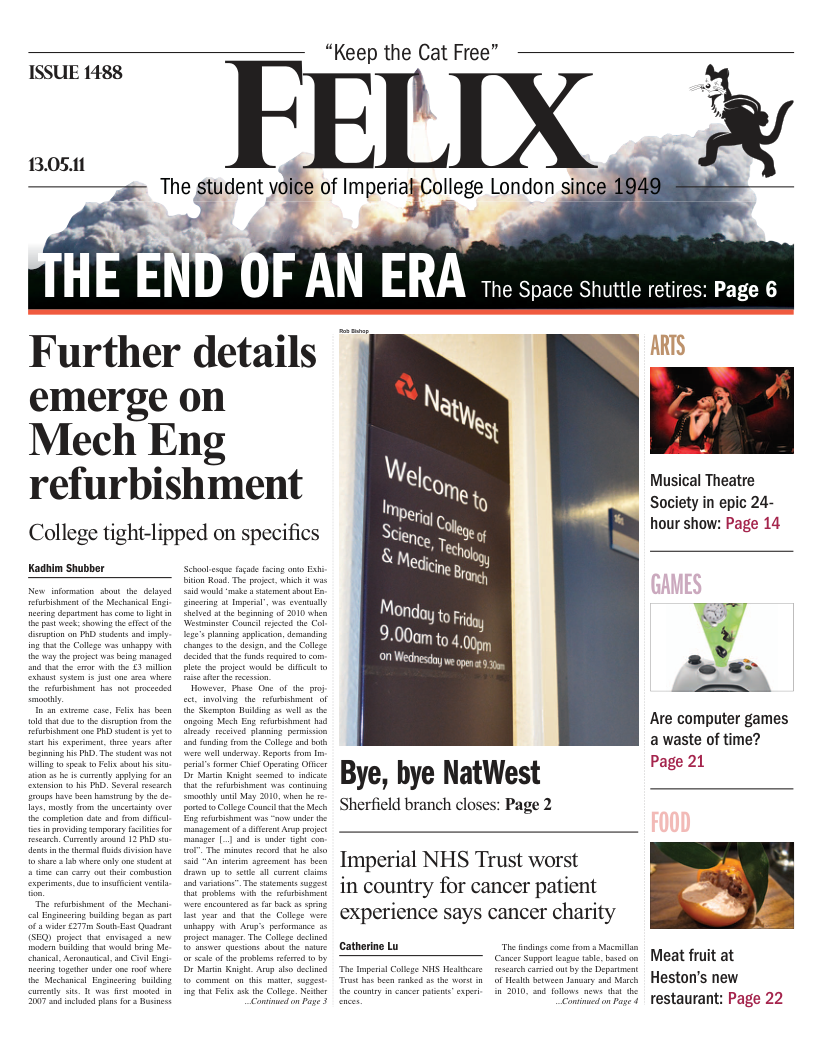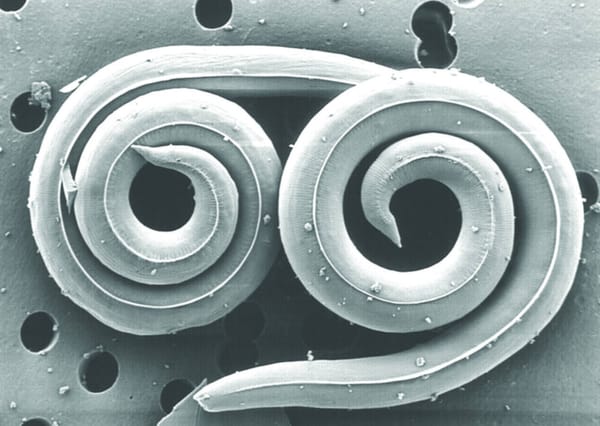Device reaches the final heat
Scientists create generator to make use of waste heat

Ever looked at the squandered energy shimmering off hundreds of idling, traffic-jammed cars and wondered, “couldn’t we do something with that?”
The waste heat problem has puzzled scientists for decades. Some researchers predict that waste heat from wind turbines could have a small global warming effect, leaving us with an ever greater need for a solution. However, scientists from China and America may have the answer – thermoelectric generators.
The generators – which convert heat into electricity – have been around for a while. But the materials they are based on are inefficient and have only found use in niche applications like powering space probes. The team has uncovered a talented alloy of lead and tellurium that could change all that. When electricity flows between conductors, the moving electrons carry heat with them, causing one conductor to heat up and the other to cool down. The reverse is also true – if you heat a circuit containing two different conductors, electricity will start to flow. This is known as the Seebeck effect, after physicist Thomas Johann Seebeck who discovered it in 1821.
The thermoelectric problem lies in finding materials with a high zT value. A material’s zT value is the relationship between its Seebeck value, its conductivity, and the temperature. To make a useful thermoelectric generator, zT should be at least 1.5 – for this it needs a high Seebeck value, high electric conductivity, and low thermal conductivity.
By carefully adding sodium and selenium to their alloy, and by manipulating its structure at the nano scale, the researchers were able to create a material with ‘valleys’ that conducted electricity more readily, while keeping thermal conductivity low. When heated to 577°C, the material has a zT value of 1.8, an achievement the team has labelled “extraordinary”. The research, published in Nature, could soon be transforming thermoelectric generators from niche nobodies into heroes – delivering extra power whilst effortlessly cooling our world.







